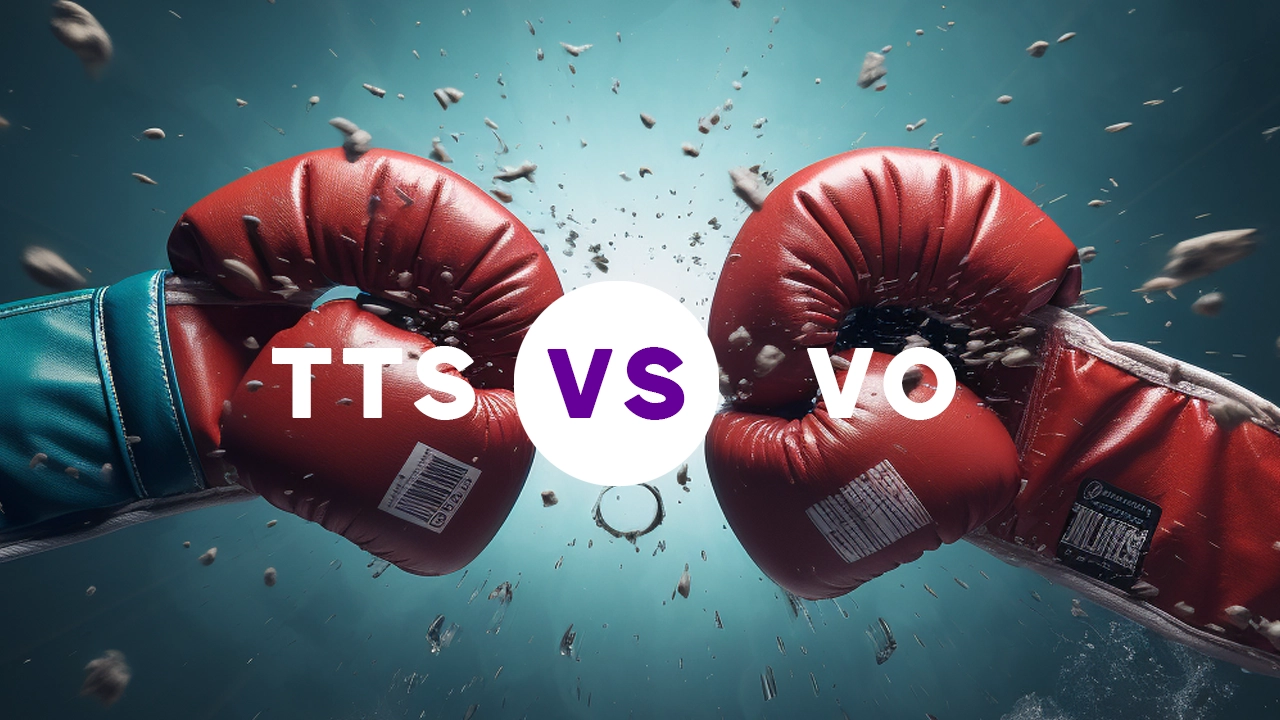Dubbing vs Voiceover: Explained

In the realm of audiovisual media, two primary methods are employed to translate and adapt content for different languages and audiences: dubbing and voiceover. While both serve the same fundamental purpose of making content accessible across linguistic barriers, they differ significantly in technique, application, and viewer experience.
The Short Answer
Dubbing involves replacing the original dialogue in a video with a new audio track in a different language, matching the actors’ lip movements. Voiceover, on the other hand, is a narration added over the original audio, usually without trying to sync with the actors’ lips. Dubbing is common in movies and TV shows for a seamless viewing experience, while voiceover is used in documentaries and news for clarity and to maintain the original audio’s authenticity.
Defining the Terms
Dubbing
Dubbing involves replacing the original audio track of a video with a new track in which actors perform the dialogue in a different language. This method requires voice actors to match the lip movements and expressions of the on-screen characters, creating a seamless viewing experience in the target language.
Voiceover
Voiceover, on the other hand, entails a narrator or voice actor reading a script over the original audio. Typically, the original audio is lowered while the voiceover is played, allowing the original speech to be faintly heard in the background. Voiceovers are commonly used in documentaries, news reports, and educational content.
Technique and Execution
Synchronization
Dubbing demands precise lip-syncing, requiring voice actors to align their spoken words with the lip movements of the original actors. This process is challenging and often involves rewriting the script to fit the mouth movements.
In contrast, voiceovers do not require synchronization with the on-screen action, offering more flexibility in script translation and delivery. The voice actor’s primary focus is on conveying the intended message or information clearly and accurately.
Casting and Performance
Dubbing involves casting voice actors who can not only perform in the required language but also match the original actors’ vocal tone and style. This can be particularly challenging when dealing with iconic or distinctive voices.
Voiceovers, however, are less about performance and more about informative or narrative clarity. The voice actor does not need to imitate or adapt to the style of the original speakers, as their role is distinct from the on-screen action.
Application and Usage
Entertainment vs. Information
Dubbing is predominantly used in entertainment media like movies, television shows, and video games. Its aim is to provide a viewing experience that is as close as possible to watching the content in its original language.
Voiceover is more common in informative content such as news, documentaries, and educational videos. The purpose here is not to replace the original audio but to supplement it with additional information or translation.
Cultural Adaptation
Dubbed content often undergoes cultural adaptation, where references and jokes are altered to suit the target audience. This can sometimes lead to a loss of the original context or flavor.
Voiceover maintains the original audio, thereby preserving the original context and cultural nuances. This can be particularly important in documentaries and news reports, where authenticity is crucial.
Viewer Experience
Immersion
Dubbing can offer a more immersive experience for the viewer, as it allows them to focus solely on the visuals without being distracted by a mismatch between the audio and video.
Voiceover, while less immersive, provides a balance between listening to the original tone and intent of the speakers while receiving the translated information.
Authenticity
Some viewers prefer dubbing as it provides a seamless viewing experience in their native language. Others favor voiceover for its ability to retain the original performance’s authenticity, even if it requires more attention to distinguish between the two audio tracks.
Dubbing and voiceover are two distinct methods of audiovisual translation, each with its own set of advantages and challenges. The choice between the two depends on the type of content, the intended audience, and the desired viewer experience. While dubbing offers a more immersive and culturally adapted experience, voiceover maintains the authenticity and original context of the source material. Both play a crucial role in bridging language barriers and making content universally accessible.










